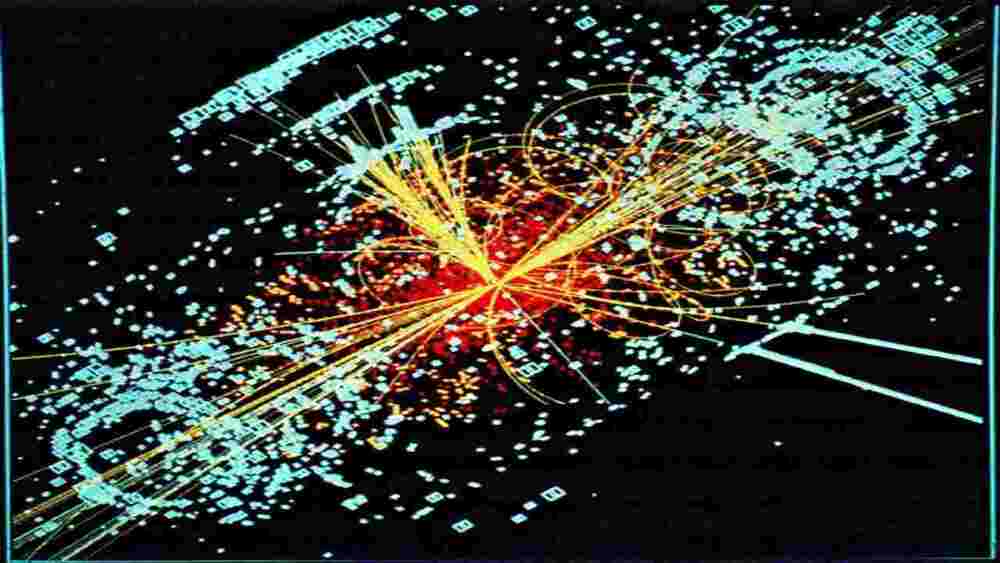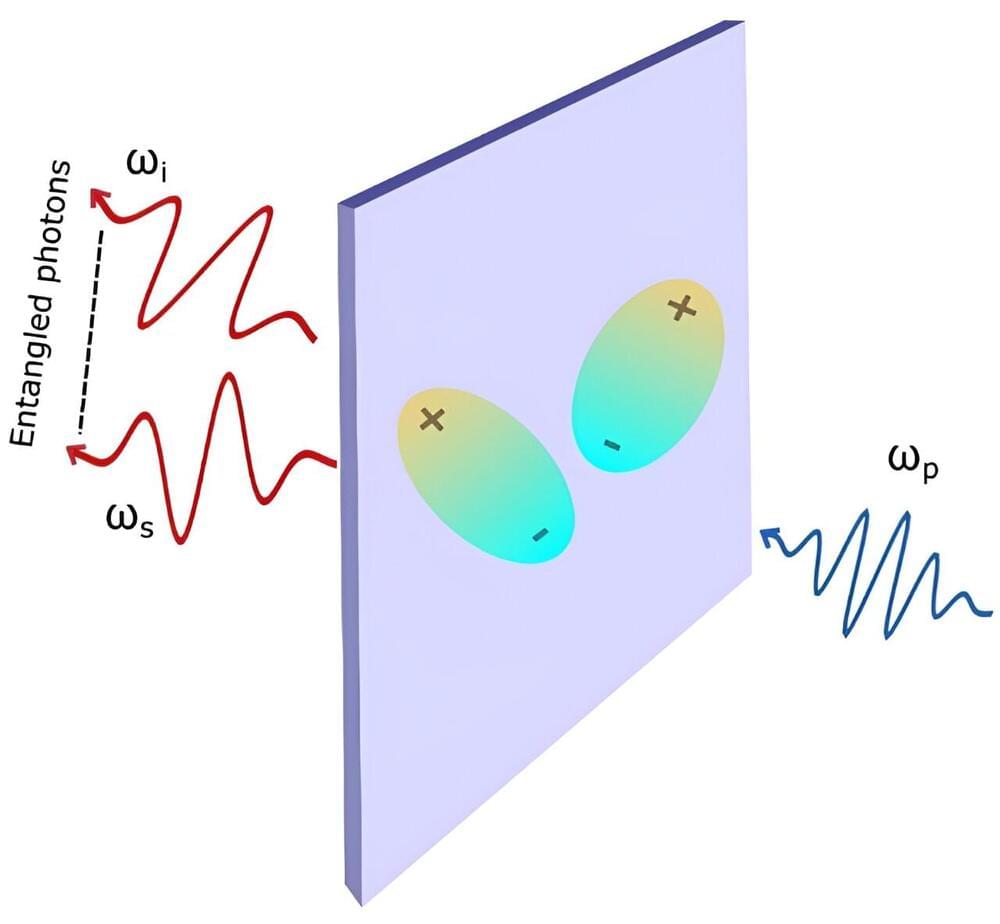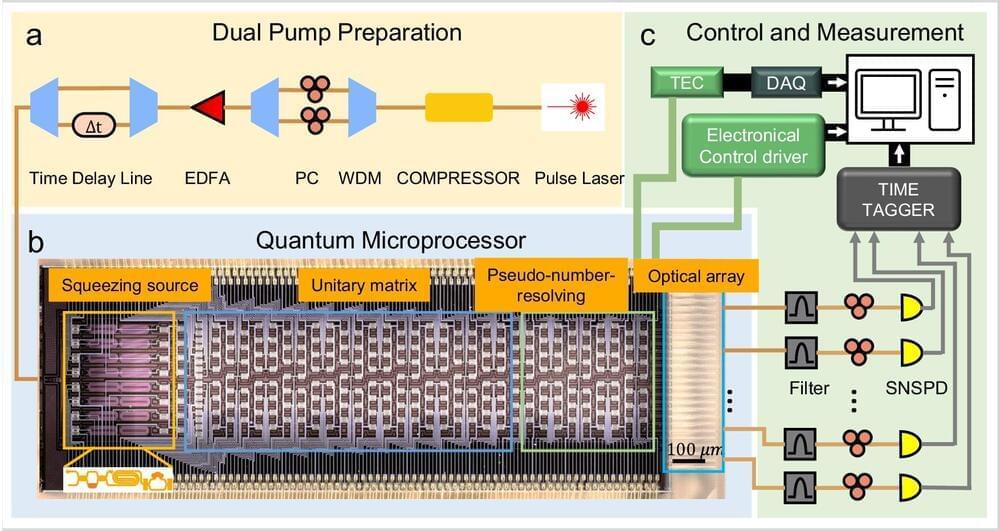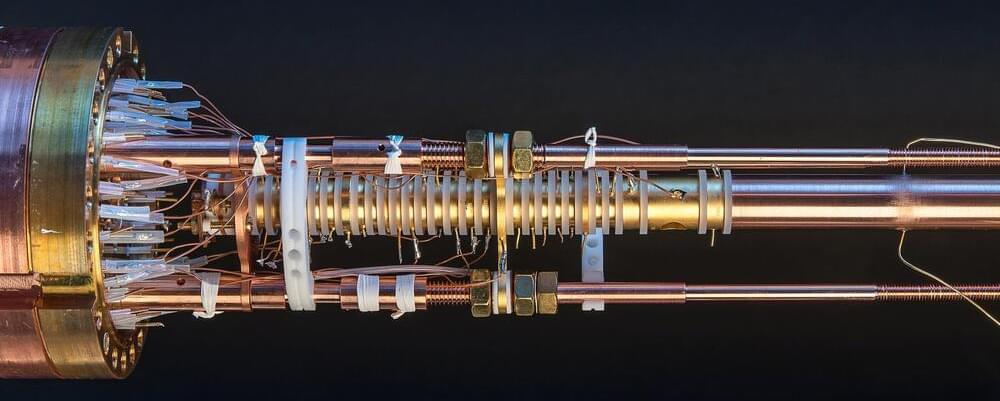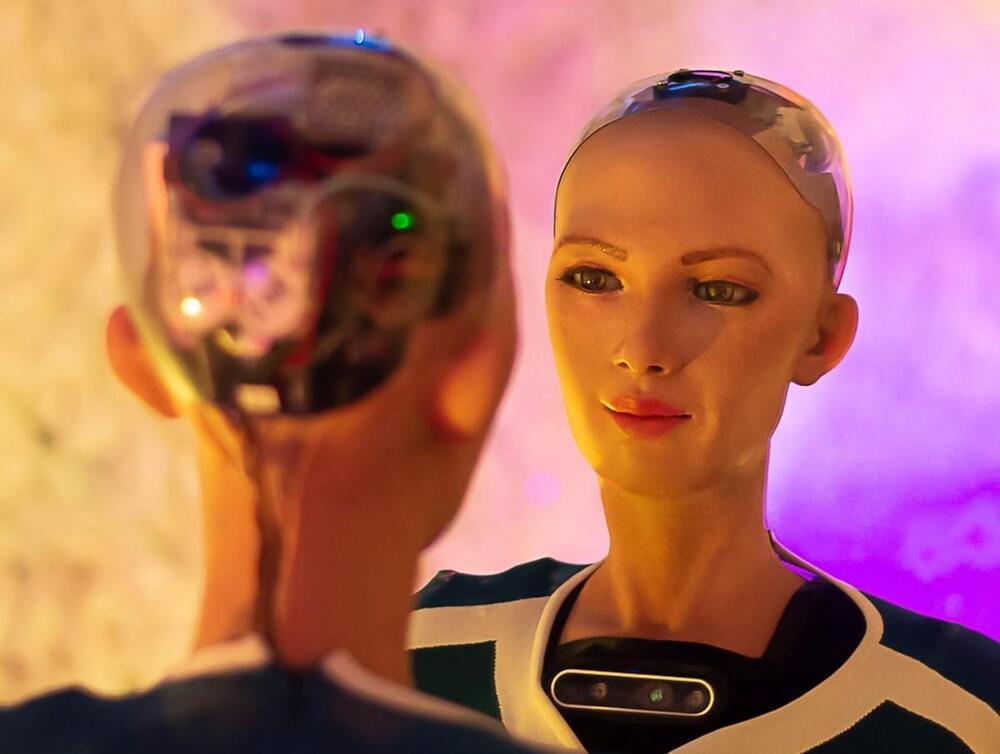In the search for new particles and forces in nature, physicists are on the hunt for behaviors within atoms and molecules that are forbidden by the tried-and-true Standard Model of particle physics. Any deviations from this model could indicate what physicists affectionately refer to as “new physics.”
Caltech assistant professor of physics Nick Hutzler and his group are in pursuit of specific kinds of deviations that would help solve the mystery of why there is so much matter in our universe. When our universe was born about 14 billion years ago, matter and its partner, antimatter, are believed to have existed in equal measure.
Typically, matter and antimatter cancel each other out, but some kind of asymmetry existed between the different types of particles to cause matter to win out over antimatter. Hutzler’s group uses tabletop experiments to look for symmetry violations—the deviant particle behaviors that led to our lopsided matter-dominated universe.

